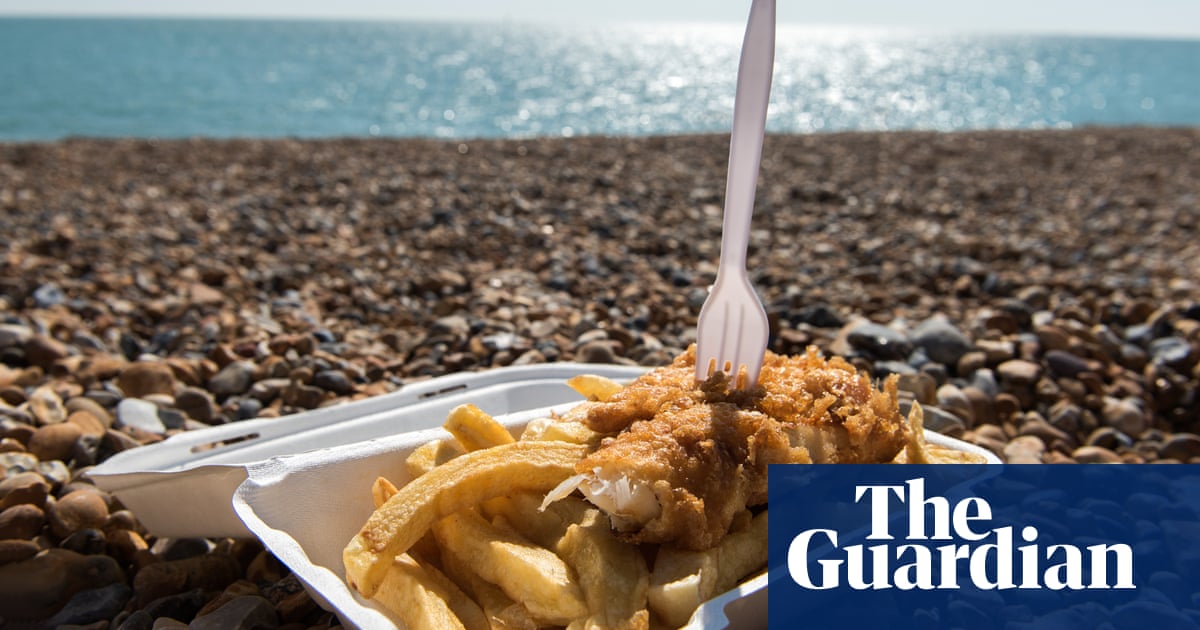The Decline of Britain's Fish and Chip Shops
The article delves into the struggles faced by traditional fish and chip shops in the UK, focusing on three specific businesses in the East Neuk region. Rising prices due to global events like war in Ukraine and Brexit have led to closures, with owners grappling with increasing energy costs. The narrative follows the personal stories of individuals like Richard Murray, Ian Fleming, and Graham Forbes as they navigate challenges such as fires, insurance rejections, and declining business. The closure of iconic establishments like the Pittenweem Fish Bar highlights the cultural significance of these eateries within their communities.
Personalizar resumen
Reescribir con IA
Generar citas
Traducir fuente
A otro idioma
Generar mapa mental
del contenido fuente
Ver fuente
www.theguardian.com
A funeral for fish and chips: why are Britain’s chippies disappearing?
Ideas clave extraídas de
by Tom Lamont a las www.theguardian.com 07-20-2023
https://www.theguardian.com/food/2023/jul/20/a-funeral-for-fish-and-chips-east-neuk-fife-anstruther-scotland
Consultas más profundas
